Important Rhododendron Growing Guidelines With Expert Katrina Clow
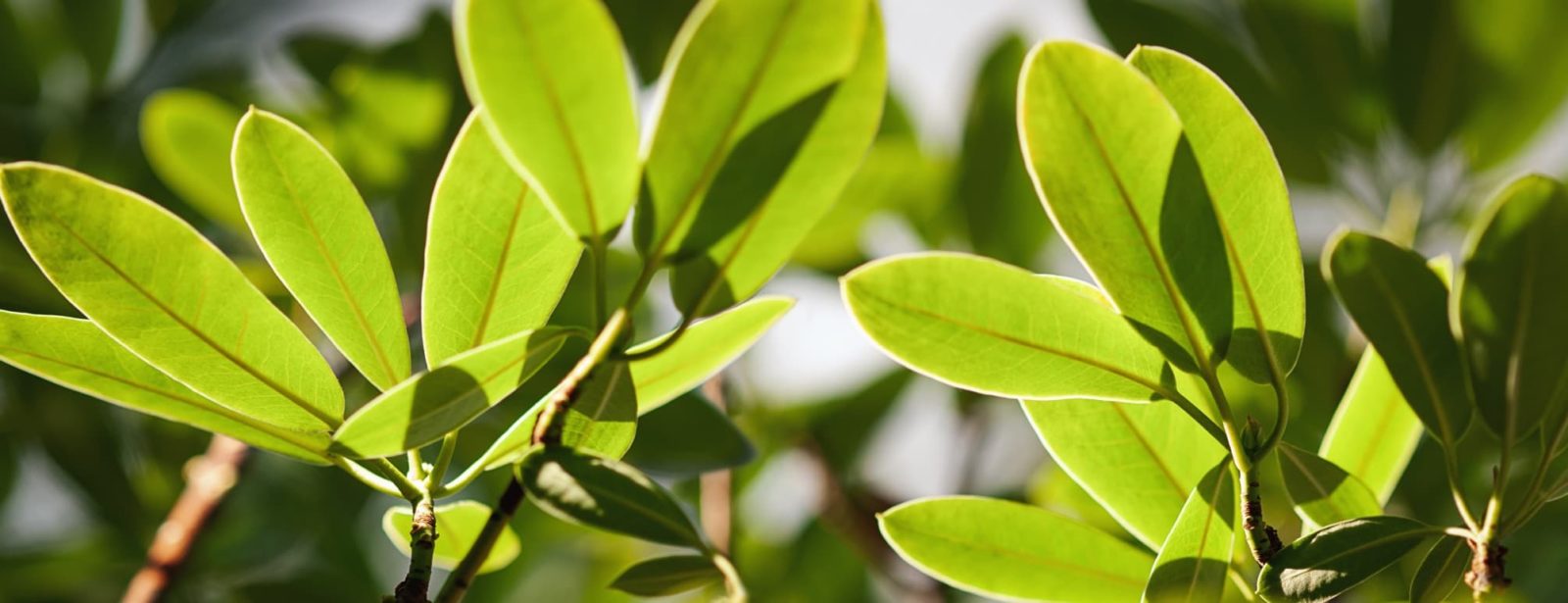
SHRUBS > RHODODENDRON

Elizabeth is a Permaculture Garden Designer, Sustainability Consultant and Professional Writer, working as an advocate for positive change. She graduated from the University of St. Andrews with an MA in English and Philosophy and obtained a Diploma in Applied Permaculture Design from the Permaculture Association.
Reviewed By PETER LICKORISH

Peter is a Horticulture Lecturer and self-employed Horticulturist, with a passion for diverse areas of the industry - from garden design to the science behind plant growth and propagation. He has completed the Royal Horticultural Society’s Master of Horticulture (MHort) Award and lectures on RHS courses at Bedford College.
Contributions From KATRINA CLOW

Katrina Clow is the Hon. Secretary of The Scottish Rhododendron Society. Katrina has over 60 years of gardening experience and has a particular passion for growing rhododendrons in her woodland garden in West Scotland.

Kate Gould is an award-winning Garden Designer who has built her company, Kate Gould Gardens, over a period of more than 20 years. Kate has won 5 RHS Chelsea Flower Show Gold Medals, including an unprecedented 3 medals for the same garden at the 2022 show. She is a member of the Society of Garden Designers and the British Association of Landscape Industries.
RHODODENDRON GUIDES
Rhododendrons can come in many shapes and sizes and can be good choices for gardeners with acidic soil.
While some rhododendrons are invasive and not the best choice for eco-friendly spaces, many can be good choices for UK gardens where the required growing conditions are readily available.
We’ve collaborated with Katrina Clow, Hon. Secretary of The Scottish Rhododendron Society, to help advise our rhododendron growing tips.
“There are so many and in such variety,” says Katrina, when asked why she is so passionate about growing rhododendrons.
“They have stunning foliage and the flowers come in every colour you could imagine.”
Rhododendron is a large genus with over 1,200 natural species – and many more cultivars besides.1About Rhododendrons. (n.d.-b). Rhododendron Species Botanical Garden. Retrieved March 23, 2023, from https://rhodygarden.org/our-plants/rhododendrons/about-rhododendrons/
It is in the Ericaceae (heather) plant family.2Rhododendron. (n.d.). University of Bergen. Retrieved March 23, 2023, from https://www.uib.no/en/universitygardens/135136/rhododendron
Overview
| Botanical Name | Rhododendron |
| Plant Type | Shrub |
| Native Area | North America, Europe and Asia |
| Hardiness Rating | H5 |
| Foliage | Evergreen (mostly) |
| Flowers | Varied colourful flowers |
| When To Plant | October / March to April |
| When To Prune | After flowering |
Sunlight
Preferred
Part Shade
Exposure
Sheltered
Size
Height
Varies
Spread
Varies
Bloom Time
Spring / Summer
Soil
Preferred
Clay, loam or sand
Moisture
Moist but well-drained
pH
Acidic
Rhododendrons are often evergreen, but can also be deciduous.
The centres of diversity are in Asia, though rhododendrons are also native to parts of North America and Europe.3Rhododendron. (n.d.-b). Global Conservation Consortia. Retrieved March 23, 2023, from https://www.globalconservationconsortia.org/gcc/rhododendron/
“Rhododendrons are mostly native to the Himalayas and were introduced to Britain in the 18th century, hybridising since then,” says Katrina.
Rhododendrons are usually shrubs, though they can also be trees, and vary considerably in size from less than 1m in height and spread, to up to (more rarely) 30m tall.
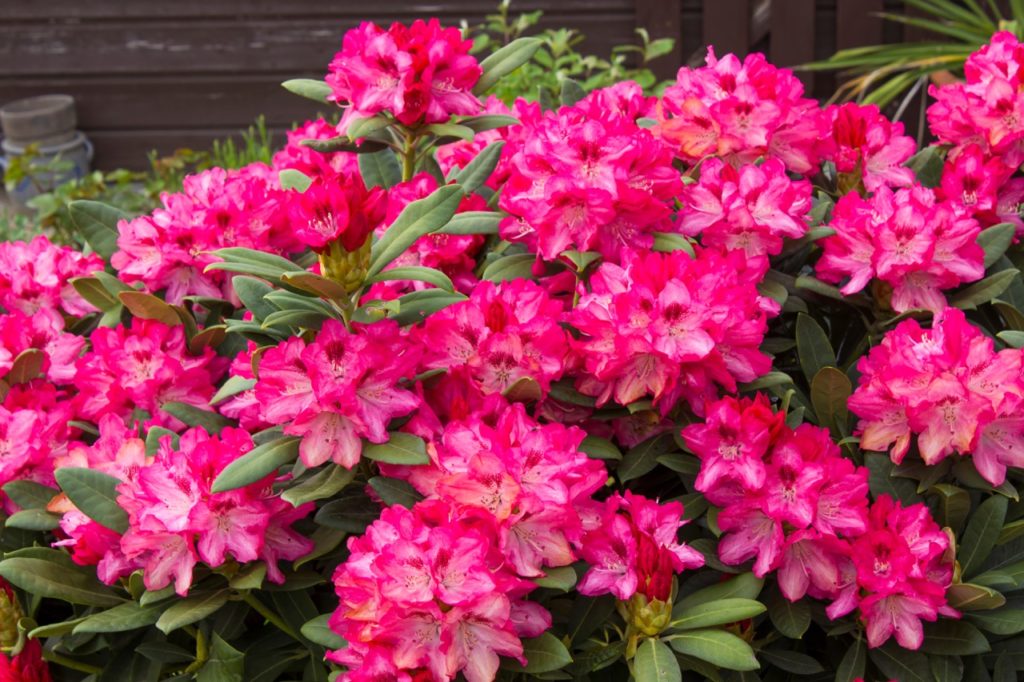
Most of the rhododendrons commonly grown in UK gardens are medium-sized to large shrubs, but there are also smaller options that are popular choices for container growing.
“They love the west coast of Scotland as we get high rainfall and humidity,” explains Katrina.
Common Varieties
We asked Katrina about her favourite rhododendron varieties to grow.
“This is a very difficult question, as there are so many,” she says.
“When first growing rhododendrons, you are probably attracted to the most brightly coloured hybrids, but, gradually, the charm and beauty of species rhododendrons overtakes the glamour of hybrids.
“They do take longer to flower but worth the wait.
“Evergreen azaleas, yakushimanum hybrids, compact hybrids and tender fragrant rhododendrons are my favourite choices.”
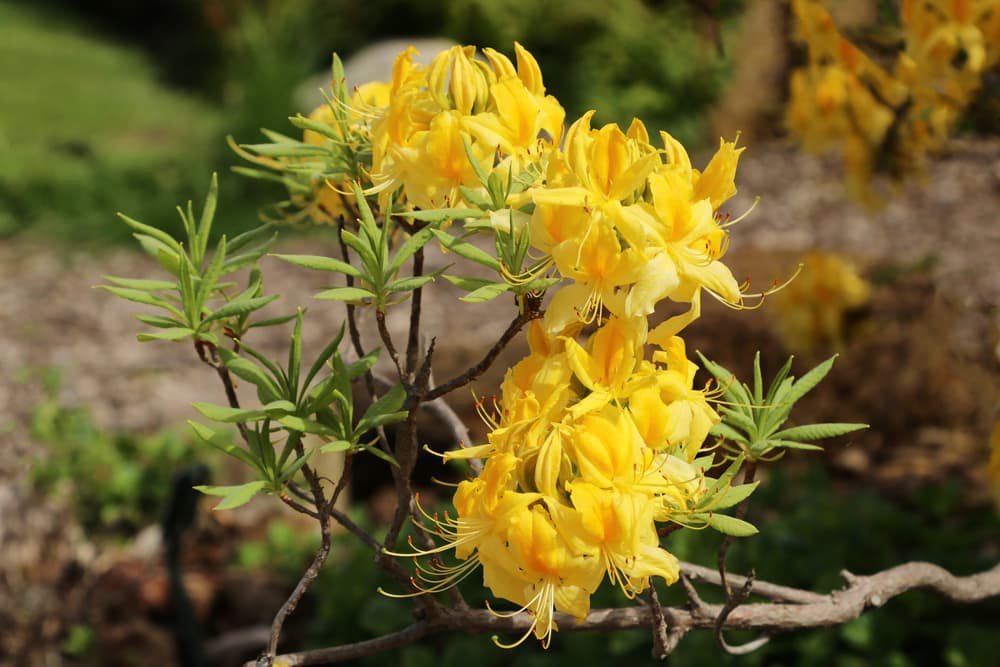
“A particularly striking rhododendron for me is R. luteum with intense yellow flowers, often borne before the leaves form. It is one I associate more with sunnier positions too,” says Horticulturist Peter Lickorish.
“However, this and some of the other species, including R. ponticum, are classified as non-native invasive species and must be managed carefully to make sure they do not spread beyond gardens.
“In some woodland, rhododendron is so fast-growing that it stops light reaching tree seedlings and lower woodland plants.”
Rhododendrons are often divided into spring flowering options, which flower up to the end of April, and later flowering varieties.
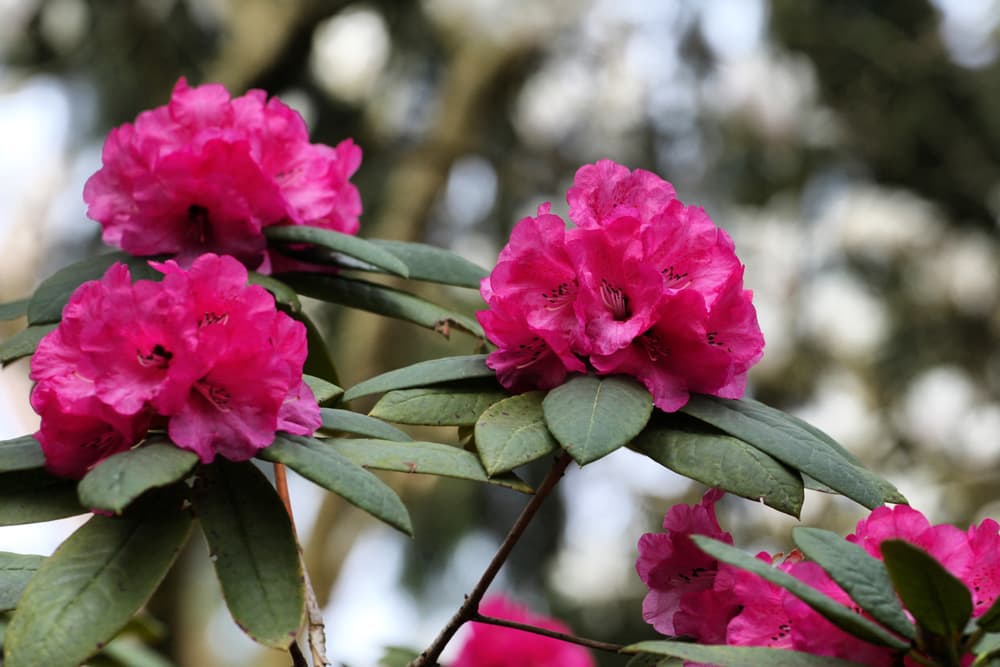
Some common early flowering rhododendrons are:
- R. barbatum
- R. calophytum
- R. ‘Christmas Cheer’
- R. ‘Cilpinense’
- R. ‘Countess of Haddington’
- R. dauricum ‘Mid-winter’
- R. fulvum
- R. grande
- R. ‘Praecox’
- R. ‘Ptarmigan’
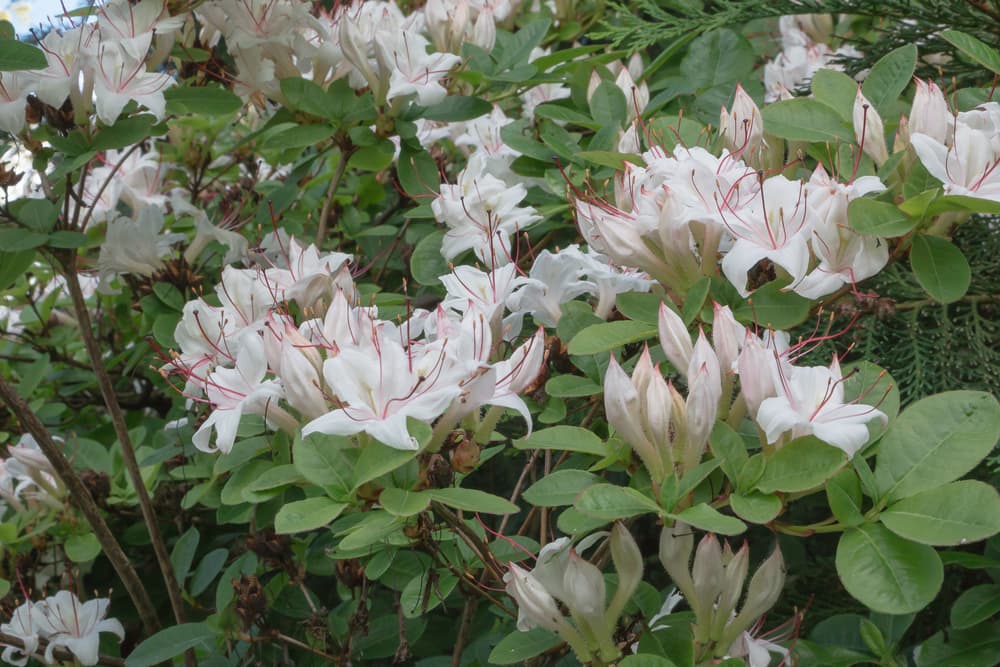
Some common late-flowering rhododendrons are:
- R. arborescens
- R. ‘Corneille’
- R. ‘Cynthia’
- R. decorum
- R. ‘Dopey’
- R. luteum
- R. occidentale
- R. ‘Polar Bear’
- R. viscosum
- R. ‘Winsome’
These really are only a small fraction of the many options that you could consider.
“Species rhododendrons may take several years to flower but they are definitely worth waiting for,” says Katrina.
“Hybrids, in general, are tougher and will flower sooner.”
How To Grow Rhododendron
Rhododendrons should usually be planted in either October or March to April.
Most rhododendrons are a good choice for a partially shaded spot, either below trees (though not in deep shade) or along a border in your garden.
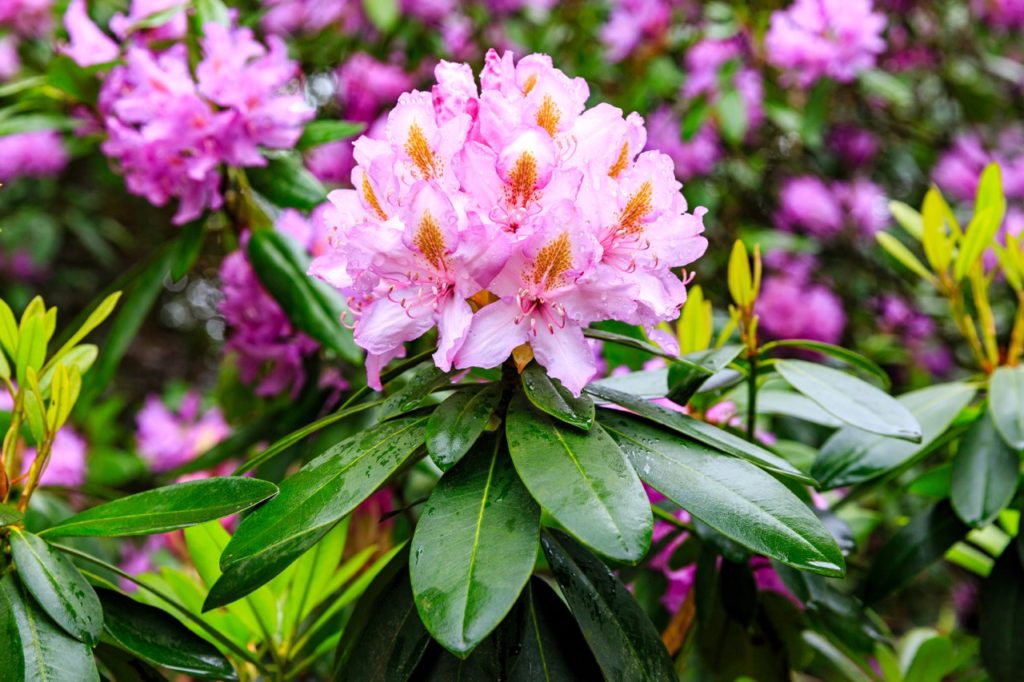
Larger options work well in a woodland garden.
However, most species and cultivars will be able to cope with a brighter and sunnier position as long as they are sheltered from any winds that are cold and dry.
Dwarf alpine species of rhododendron can usually tolerate full sun and will work well in a rock garden as long as the soil remains moist, whilst compact hybrids can be grown in containers.
It is best to avoid planting rhododendrons in frost pockets or anywhere where they are exposed to the sun in the early morning.
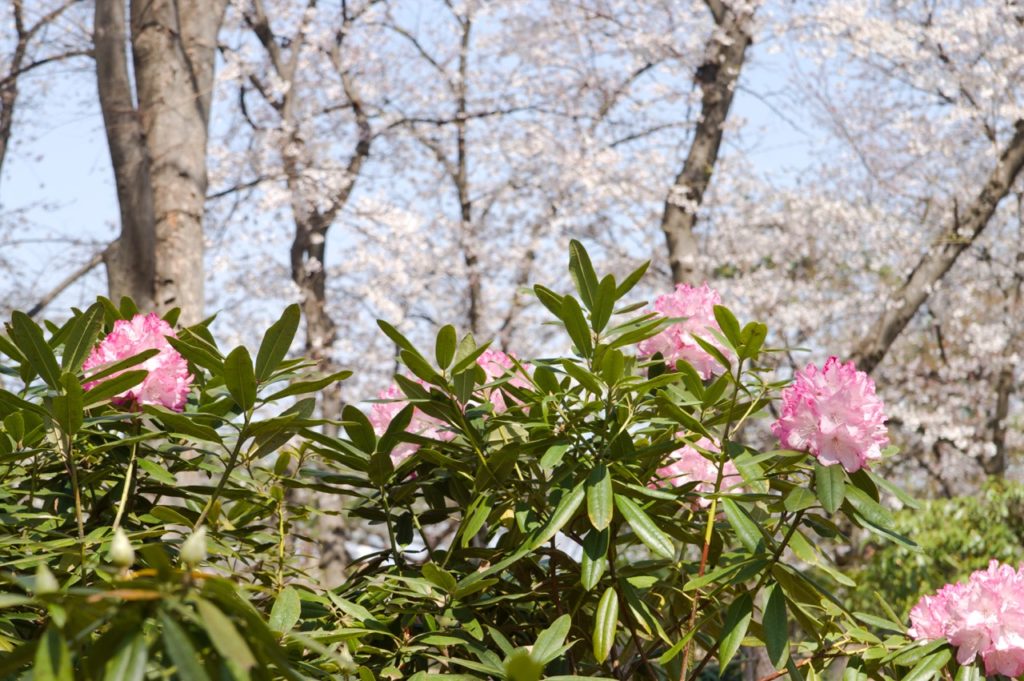
“They can be grown in woodland gardens but they do require an acidic growing medium, so gardens with chalk or very free-draining conditions will not favour them,” shares Katrina.
As Katrina explains, most rhododendrons require an acidic soil or growing medium, with a pH of between 5-6.
The soil should be moist yet free-draining and rich in organic matter.
Rhododendron Care
Soil
Before planting a rhododendron, it is a good idea to spread a thick layer of acidic organic matter over the soil.
You should also mix organic materials into the planting hole that you have created, blending it well with the excavated soil, before firming it back in around the shrub.
Soil that is not acidic will have to be amended if you want to grow rhododendrons.
However, it is generally best to plant for your soil type and to grow acid-loving plants in containers if you do wish to grow them, as Garden Designer Kate Gould explains:
“The great thing about growing in pots is that you can control your soil.
“Say you were gardening on chalk and you wanted to grow a rhododendron, you could do so in a pot because you could fill it with acidic soil.”
If you are growing rhododendron in containers, make sure that you use an ericaceous, peat-free potting mix to fill your pots.
Peat-free mixes can work well for rhododendrons, but to avoid compaction issues, it is best to repot every other year into a fresh potting mix.
Watering
Rhododendrons have fairly high water needs and will tend to grow best where there is high natural rainfall and will grow less successfully in more arid areas.
Make sure that you water regularly during dry periods, especially when growing in containers.
“Flower buds begin developing in late summer, so moisture is particularly important – and sometimes in short supply – at this time,” says Peter Lickorish.
“Keep plants moist, but not waterlogged,” Katrina simply states.
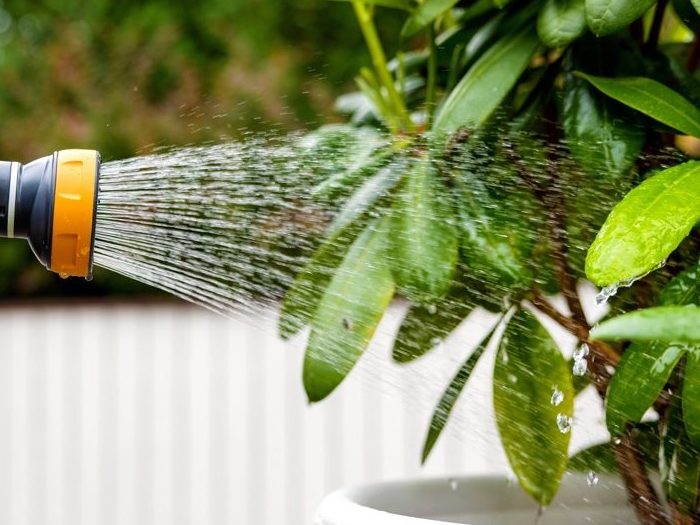
Try to use rainwater rather than tap water to water your rhododendrons whenever possible.
In hard water districts, tap water can be too alkaline and can reduce the acidity of the soil.
Feeding & Fertilising
Renew the acidic mulch around your rhododendron each spring, making sure that the soil or medium below is moist before doing so.
It can also be beneficial to change the top 5cm of the growing medium when growing your plants in containers each winter and to feed the rhododendron over the summer months with an organic liquid feed.
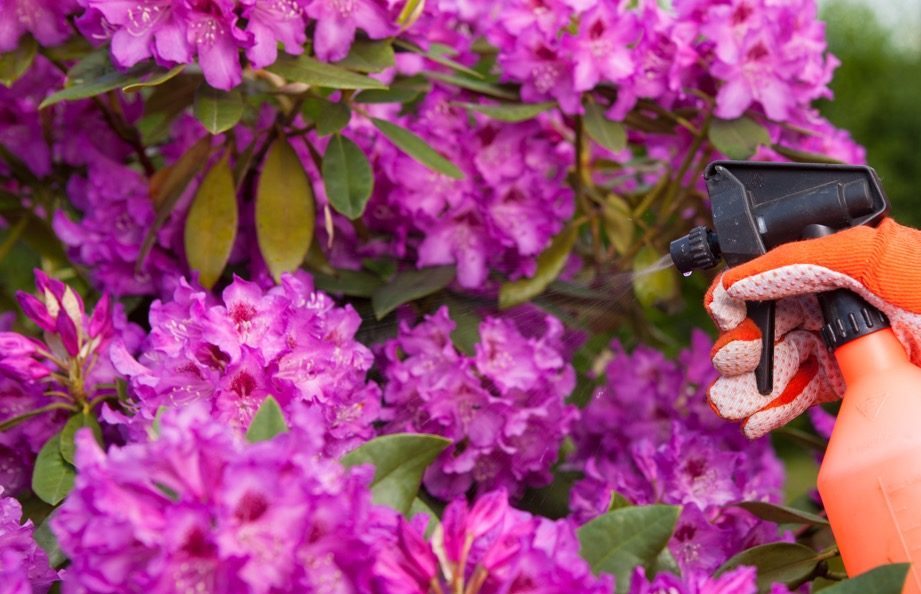
“Often if the soil is not acidic enough for their niche preference, leaves will turn yellow between the veins as they lack iron,” adds Peter Lickorish.
“Liquid feeds with an iron content can reduce this damage.”
Propagation
Propagating rhododendrons is not an easy job for novice gardeners.
However, it is certainly possible to obtain new plants from those you already grow.
The most important thing to understand before you begin is that only some species of rhododendron will come true when grown from seed.
Named cultivars have to be propagated by means of semi-ripe cuttings or through more complex methods like grafting or layering.
Taking rhododendron cuttings is typically the easiest propagation method.
Cuttings are taken from the current year’s stems, in late summer or autumn, once the bud has developed fully.
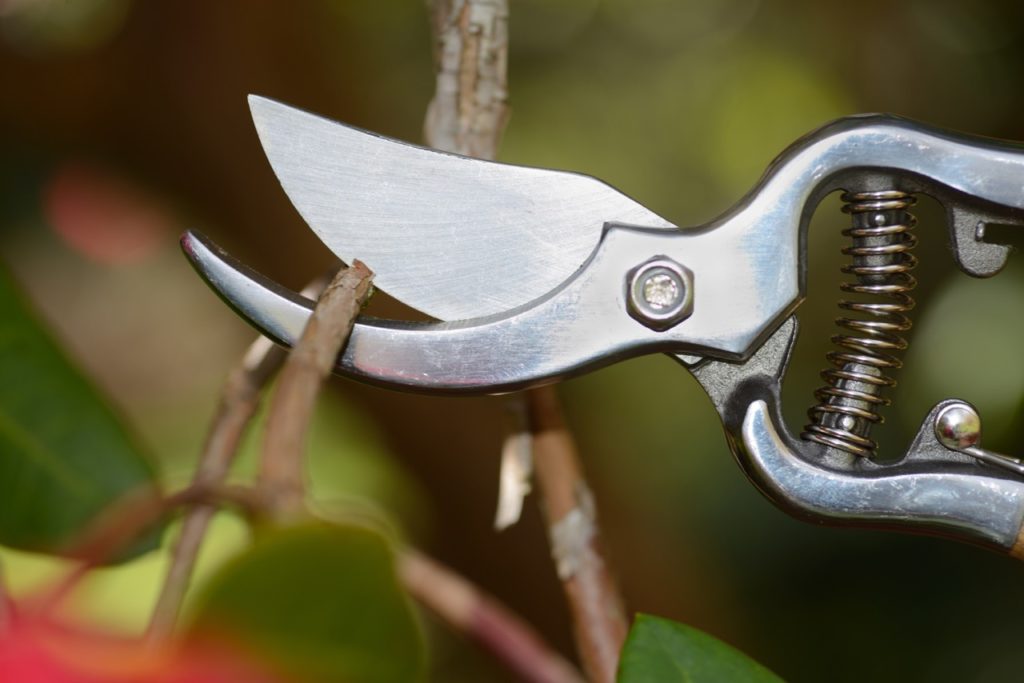
The cuttings should be taken with a heel and the stem should be wounded slightly to encourage it to take root.
Cuttings of evergreen rhododendrons can also be taken in July or August.
Deciduous rhododendrons are more difficult to propagate from cuttings, which is why this is usually only done in a commercial setting.
For species rhododendron which will come true from seed, seeds should be sown in January indoors, with the seeds left uncovered on the surface of the growing medium.
These pots should be placed inside a heated propagator.
Pruning
Pruning is not usually required for rhododendrons.
You may simply prune these shrubs to remove dead, damaged or diseased material and can deadhead spend flowers to improve the shrub’s appearance if you want to.
“Deadhead to get good flowers the following year if you want to improve your rhododendron shrubs,” shares Katrina.
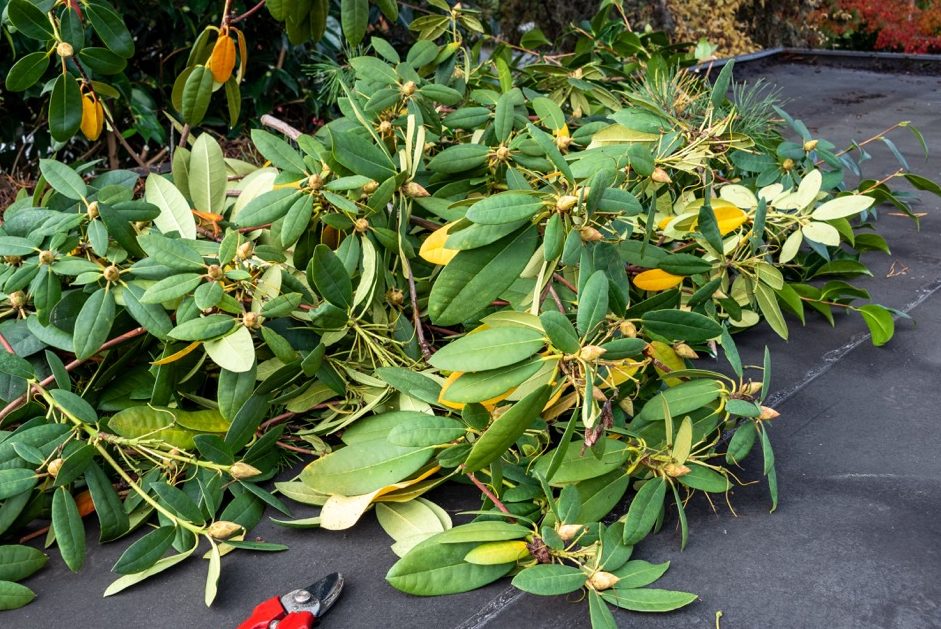
You can also prune back many rhododendrons to restrict their size after flowering.
Rough-barked rhododendrons will tend to respond better to hard pruning than smooth-barked types.
“Pruning too late, such as in the autumn, is likely to significantly reduce flowering the following year,” according to Peter Lickorish.
“Often it is preferable to prune in early summer, as long as flowering has finished, and reduce a third of the longer stems each year to restore an overgrown plant back to [a] manageable size.
“Aim to prune to a bud if possible. If you do prune back harder, be sure to mulch and water well afterwards to ensure strong new growth.”
Common Problems
Many problems you may experience with a rhododendron shrub are likely to be due to environmental or care issues rather than pests or diseases.
For example, non-flowering shrubs may not produce blooms because of under-watering or improper pruning.
Leaf drop may also be caused by a lack of water, waterlogging, extreme exposure to cold or another environmental issue.
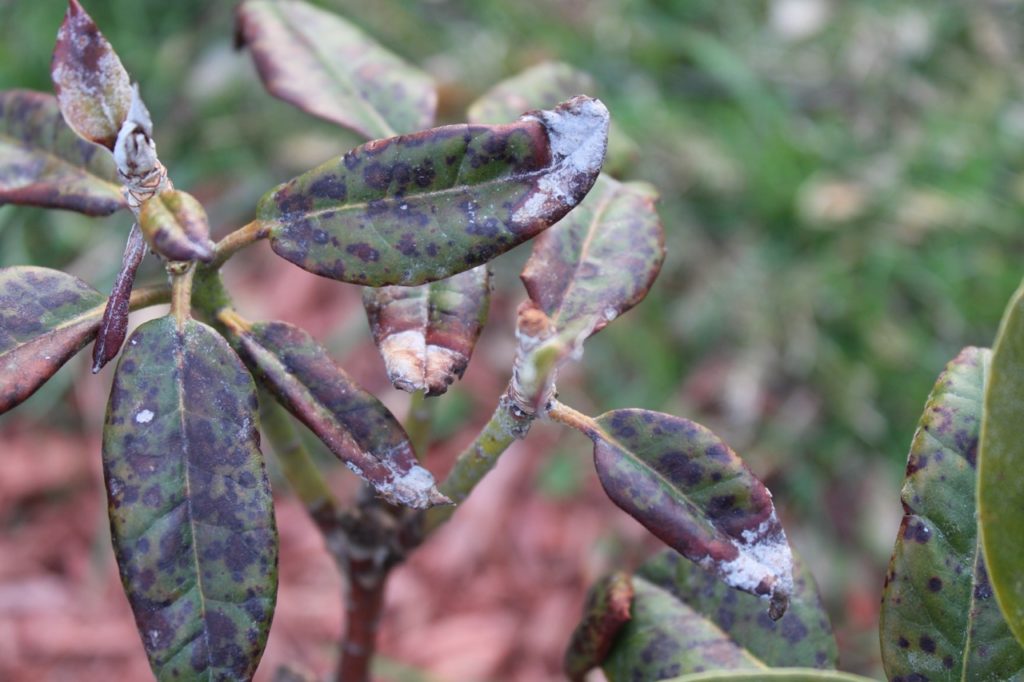
Nutrient deficiencies can cause issues like the yellowing of leaves.
However, common pests and diseases can also affect rhododendrons.
Common pests include vine weevils (especially when the shrubs are container-grown), leaf-hoppers and scale insects.
Some rhododendron diseases include azalea gall, bud blast and honey fungus.
Companion Planting
“Anything you like that looks comfortable and enjoys the same conditions as your rhododendrons can be planted with them,” says Katrina, when discussing what to grow with rhododendrons.
Some of her favourite plants to grow alongside them include:
- Snowdrops
- Daffodils
- Species tulips
- Erythroniums
- Trilliums
- Primroses
- Meconopsis
- Lilies
- Hostas
- Small ferns
- Conifers
“Shrubs that like ericaceous conditions, such as enkianthus or kalmia, and trees which create light shade, like magnolias, will add structure to your planting,” Katrina adds.
“There are many beautiful Rowan cultivars with different coloured berries and autumn leaf colour which can also work wonderfully.
“I also like to add hydrangeas for later flowers.”
References
- 1About Rhododendrons. (n.d.-b). Rhododendron Species Botanical Garden. Retrieved March 23, 2023, from https://rhodygarden.org/our-plants/rhododendrons/about-rhododendrons/
- 2Rhododendron. (n.d.). University of Bergen. Retrieved March 23, 2023, from https://www.uib.no/en/universitygardens/135136/rhododendron
- 3Rhododendron. (n.d.-b). Global Conservation Consortia. Retrieved March 23, 2023, from https://www.globalconservationconsortia.org/gcc/rhododendron/
